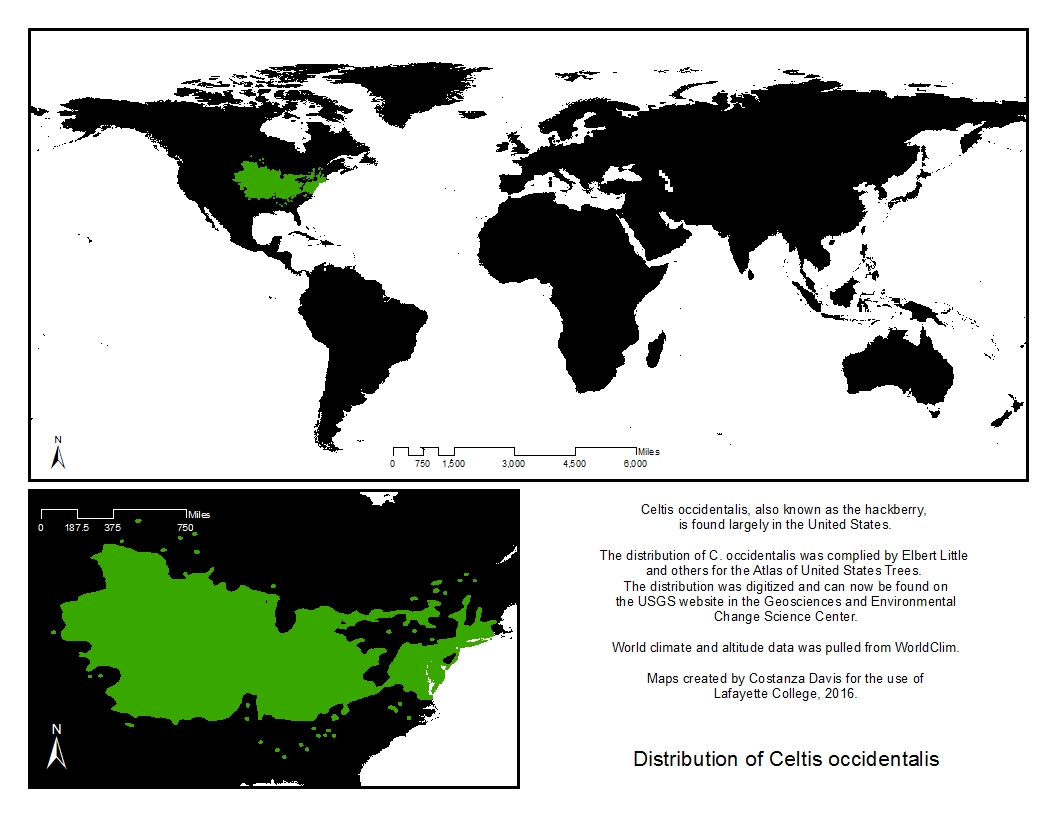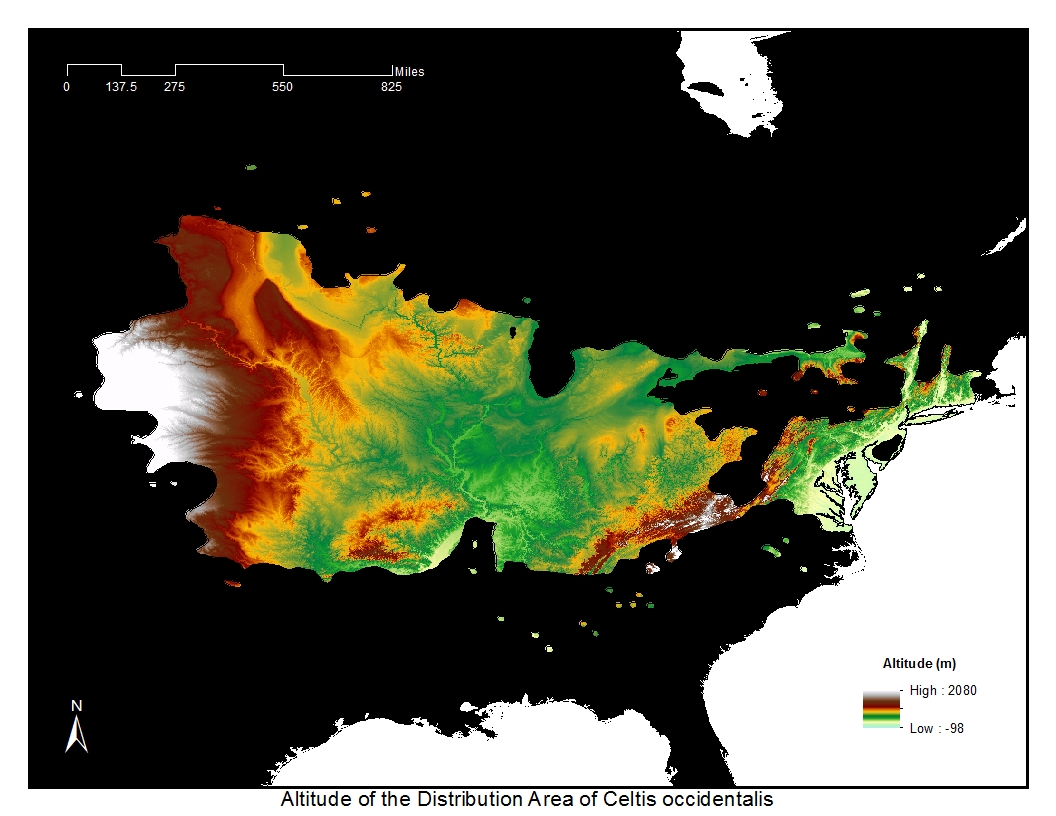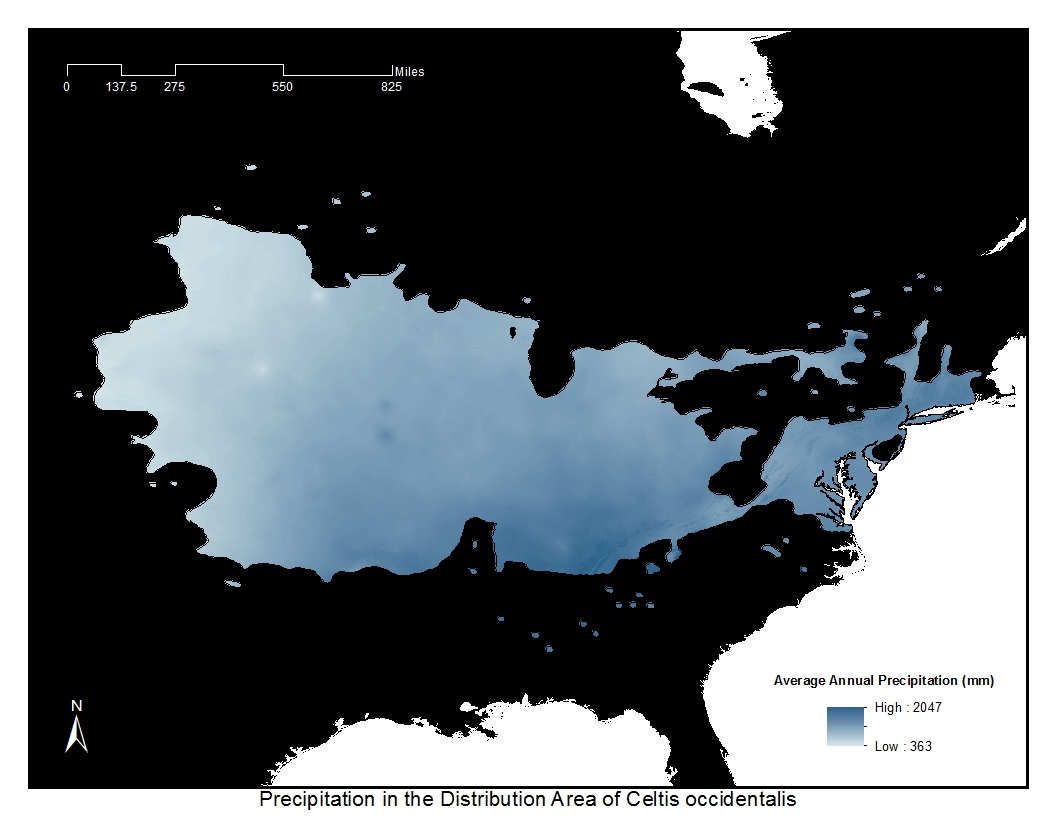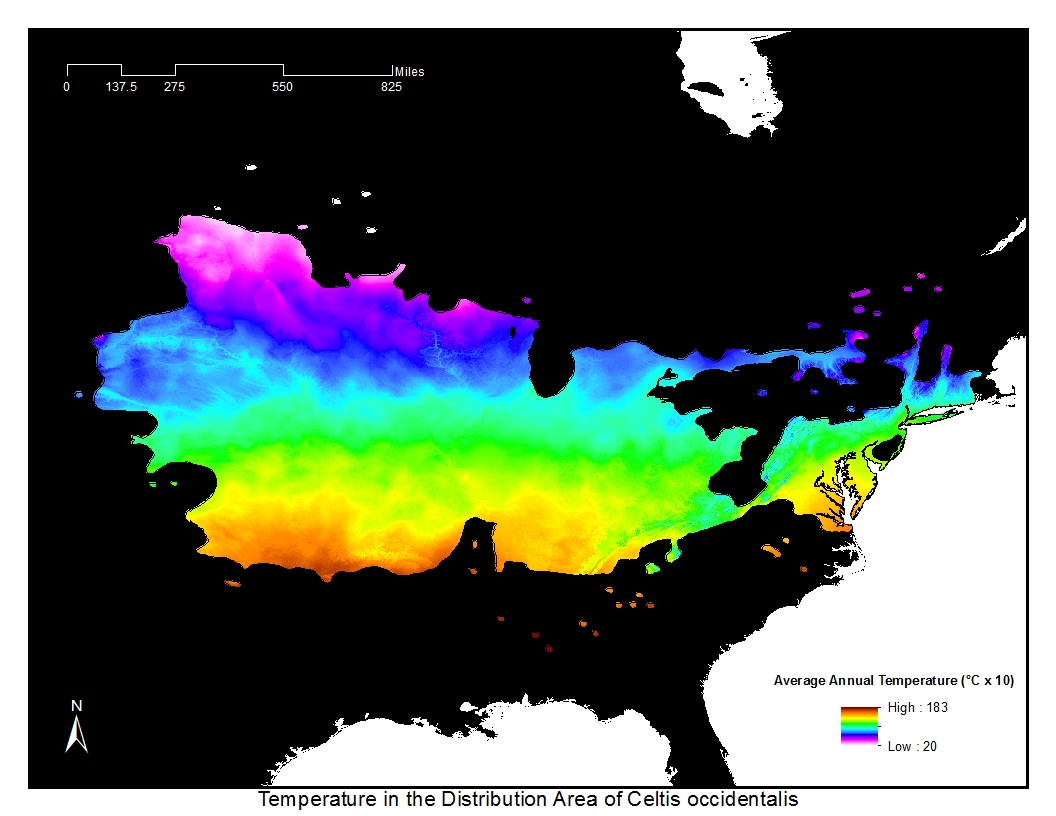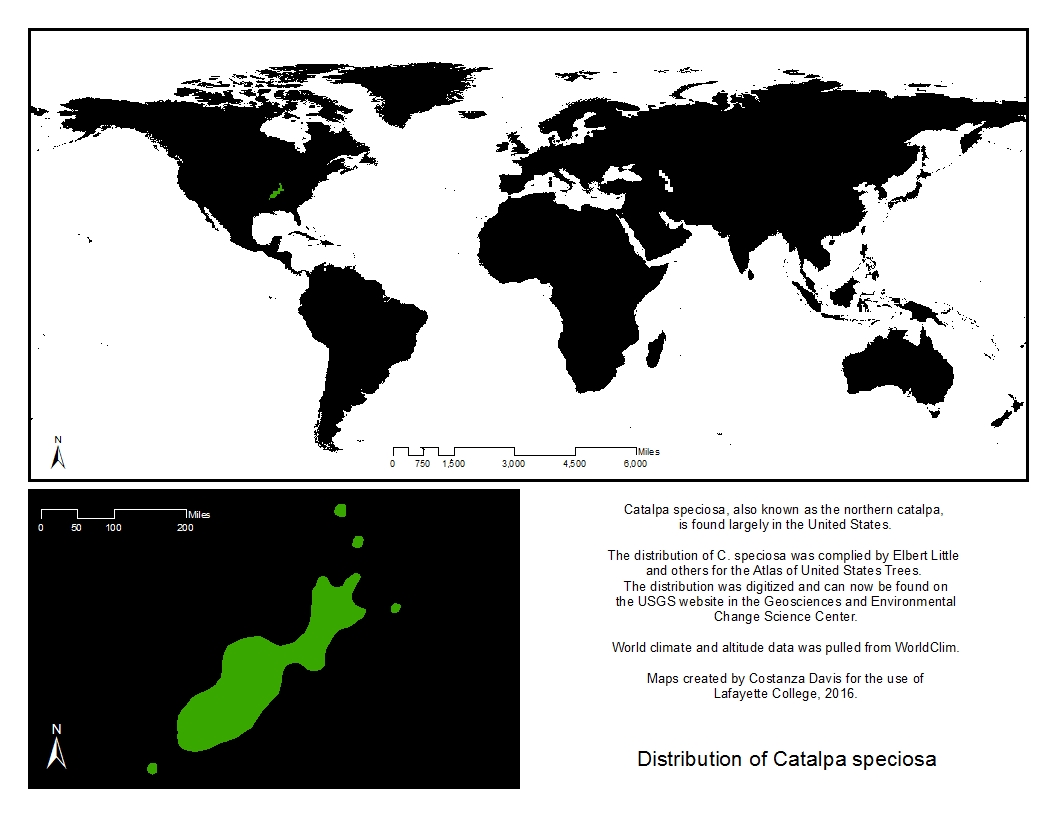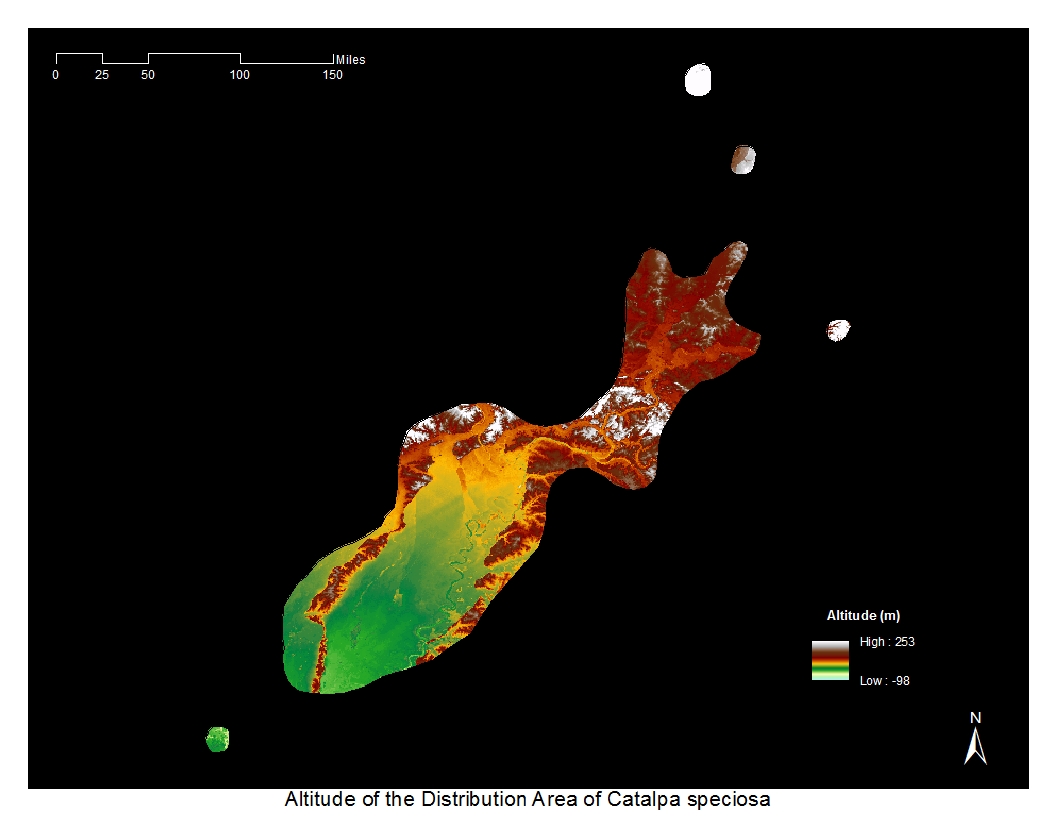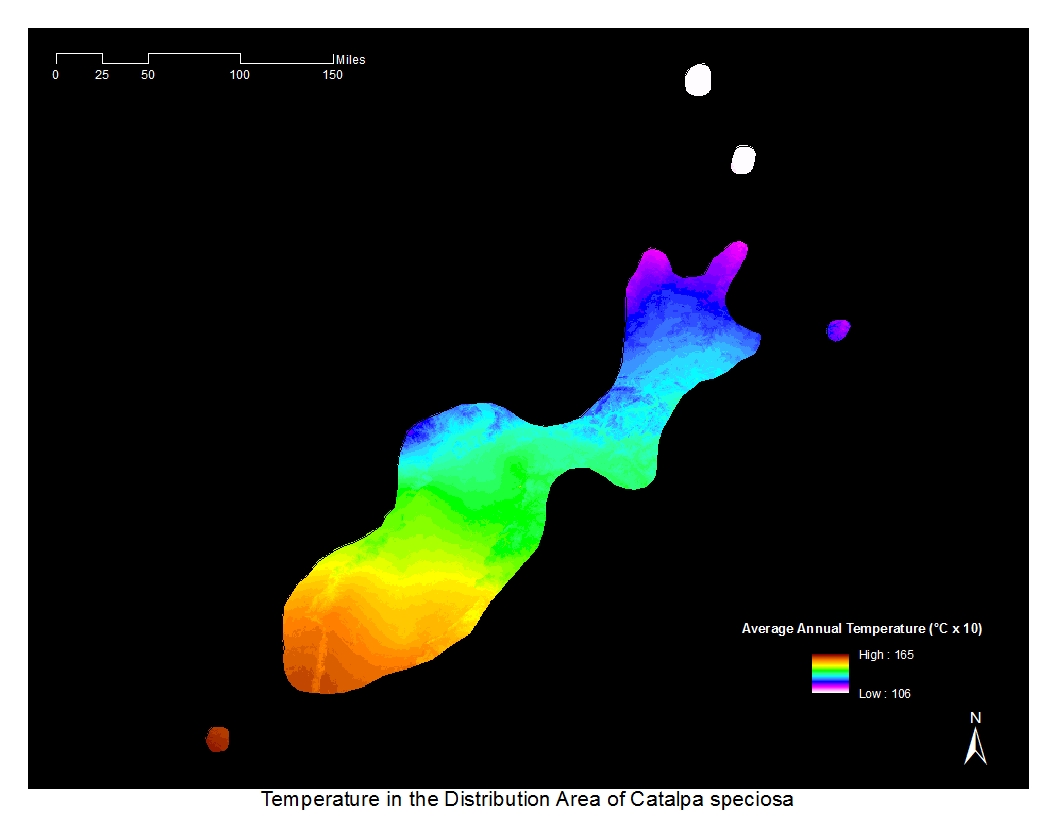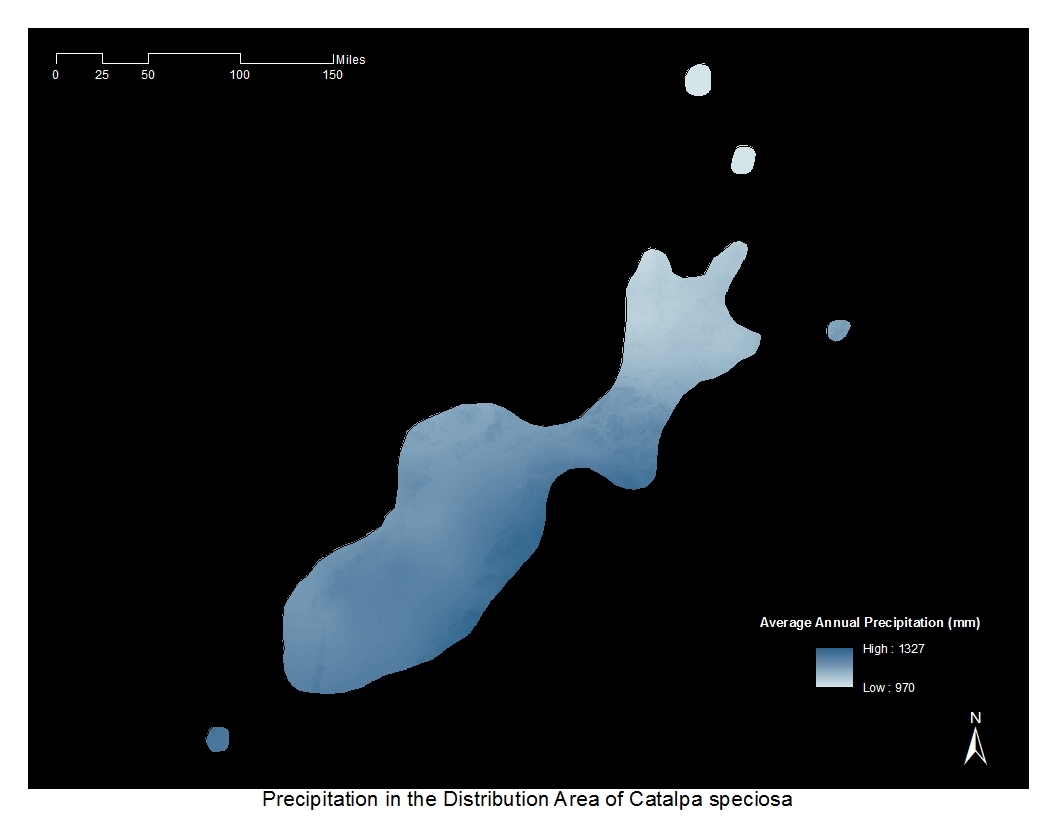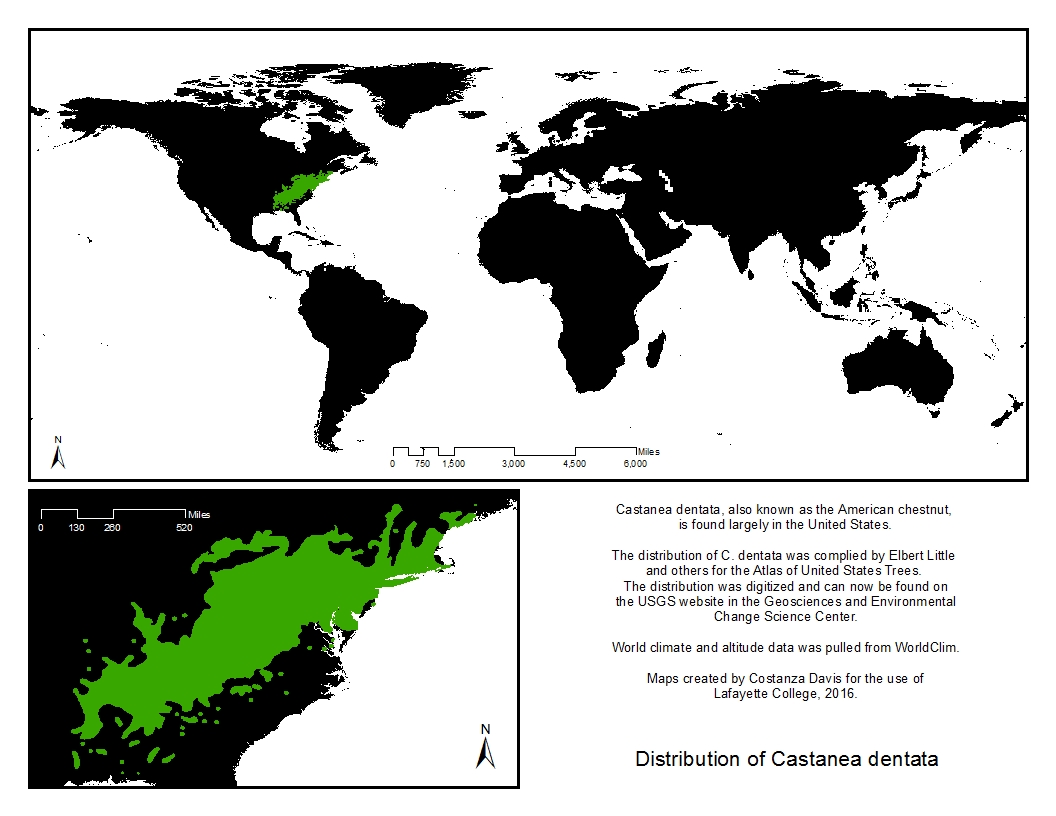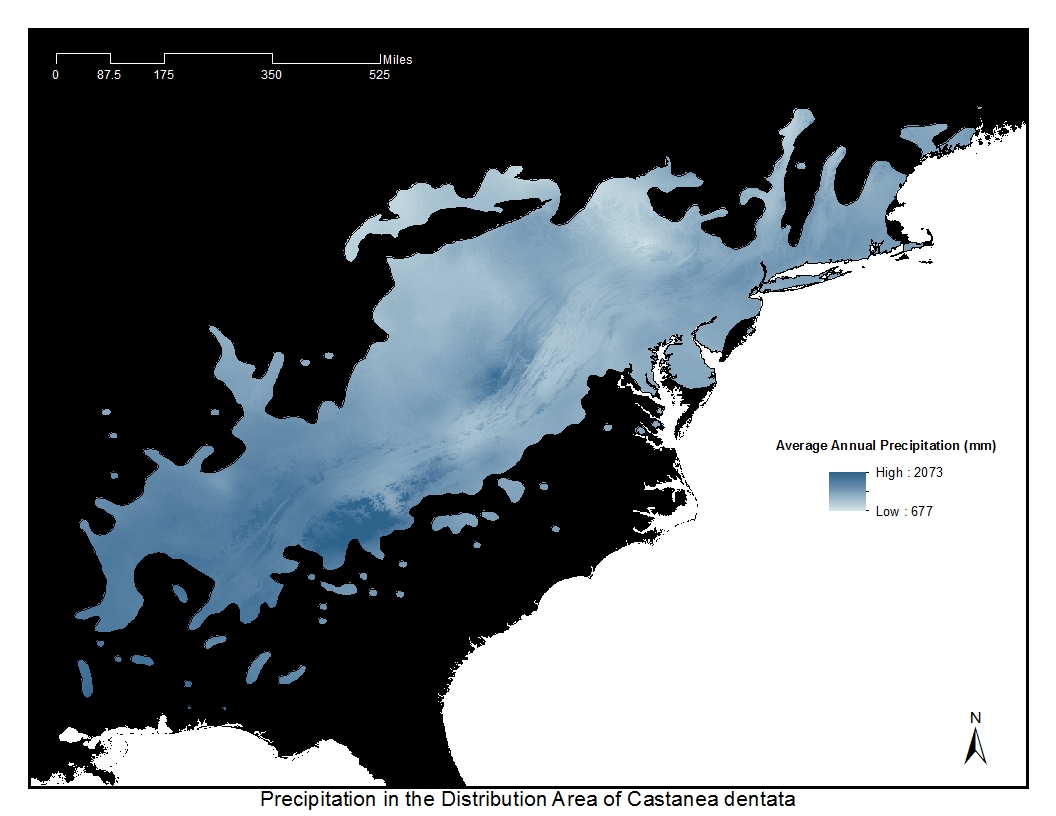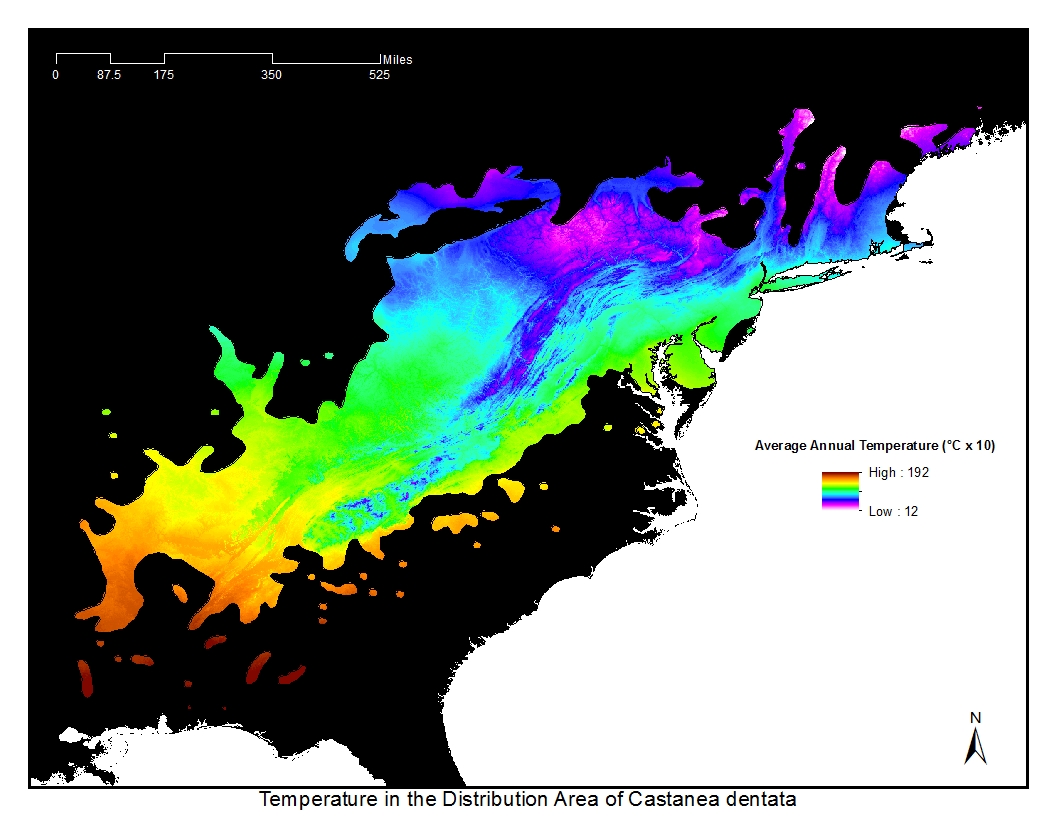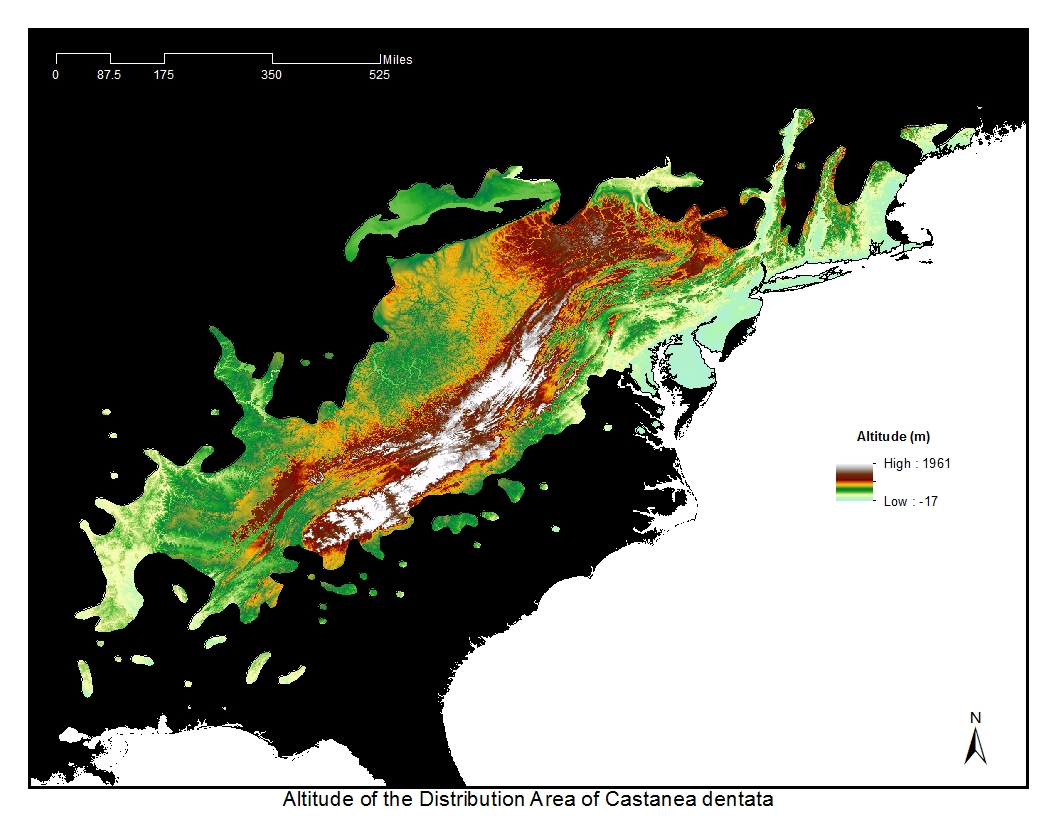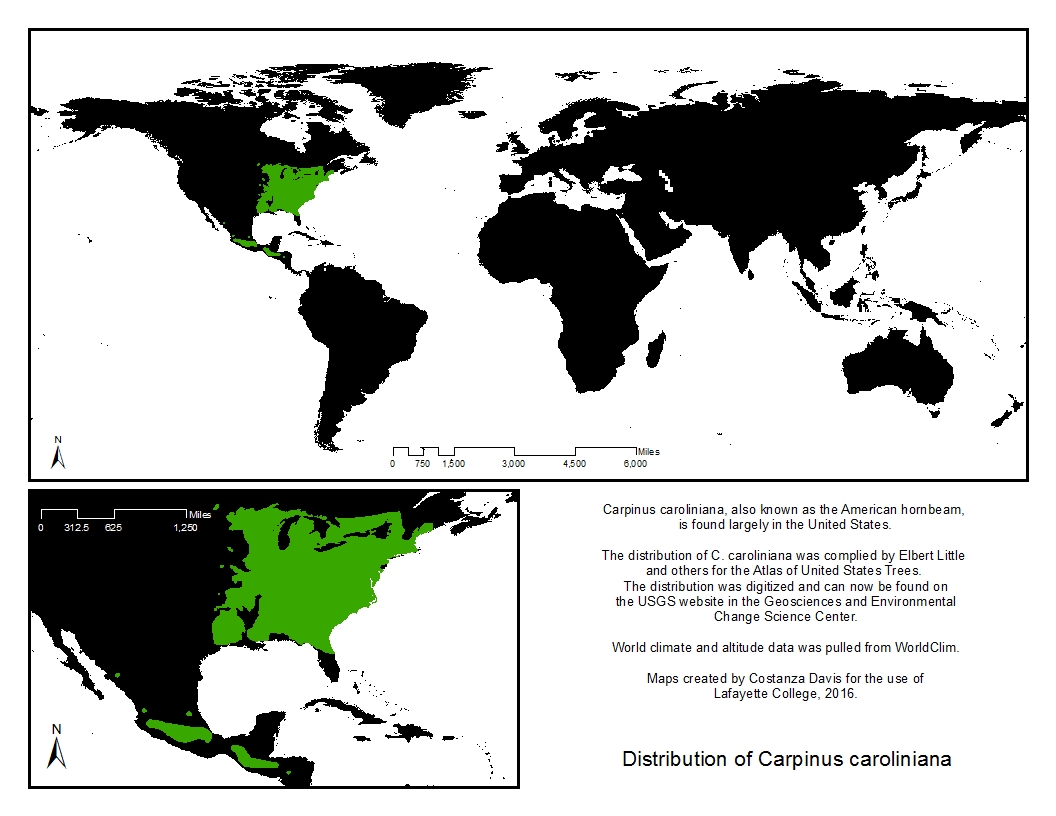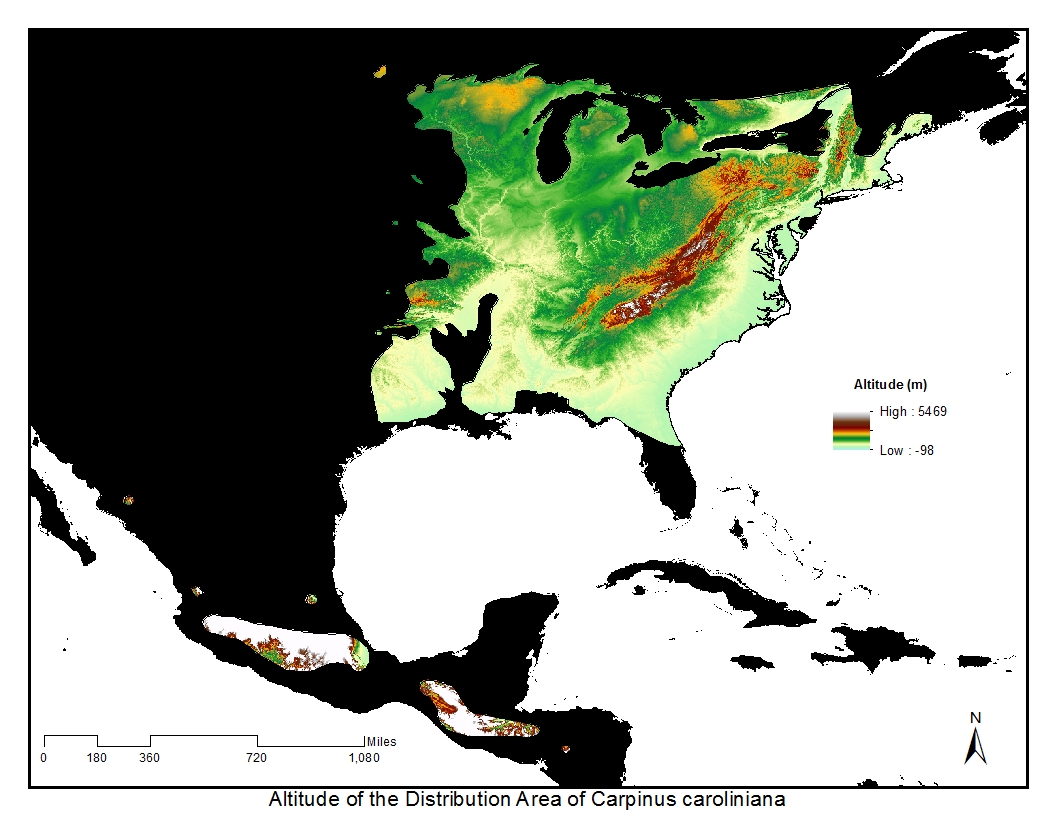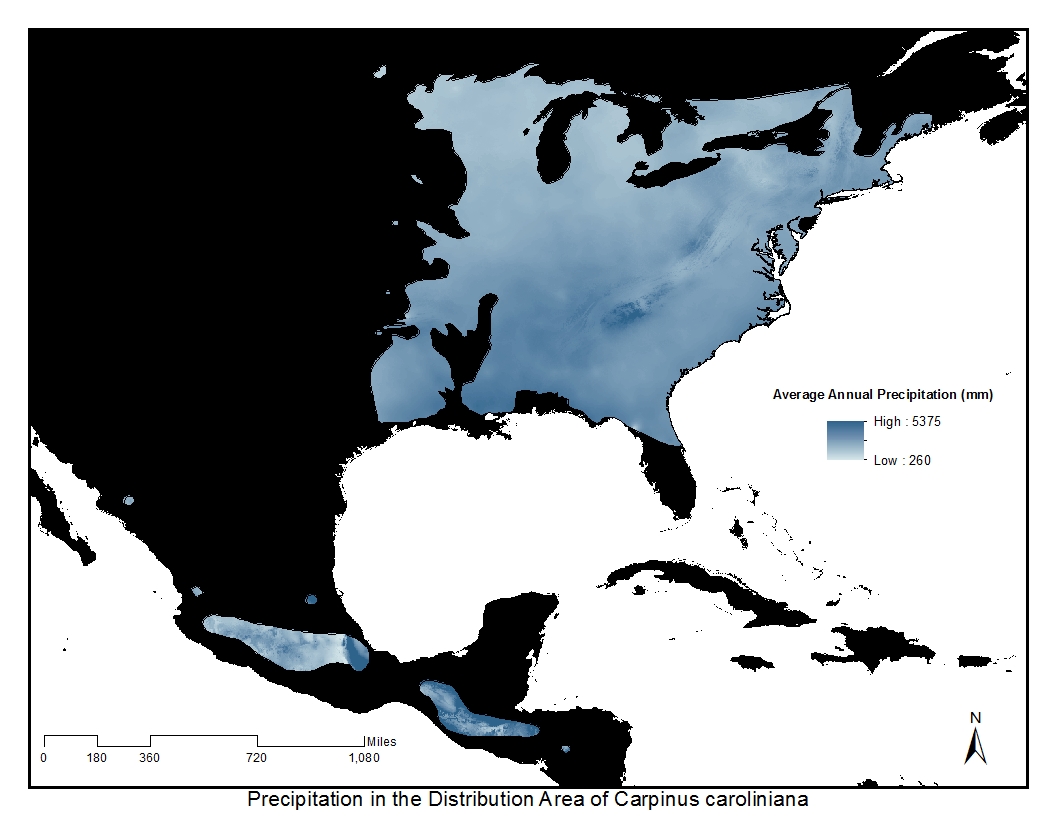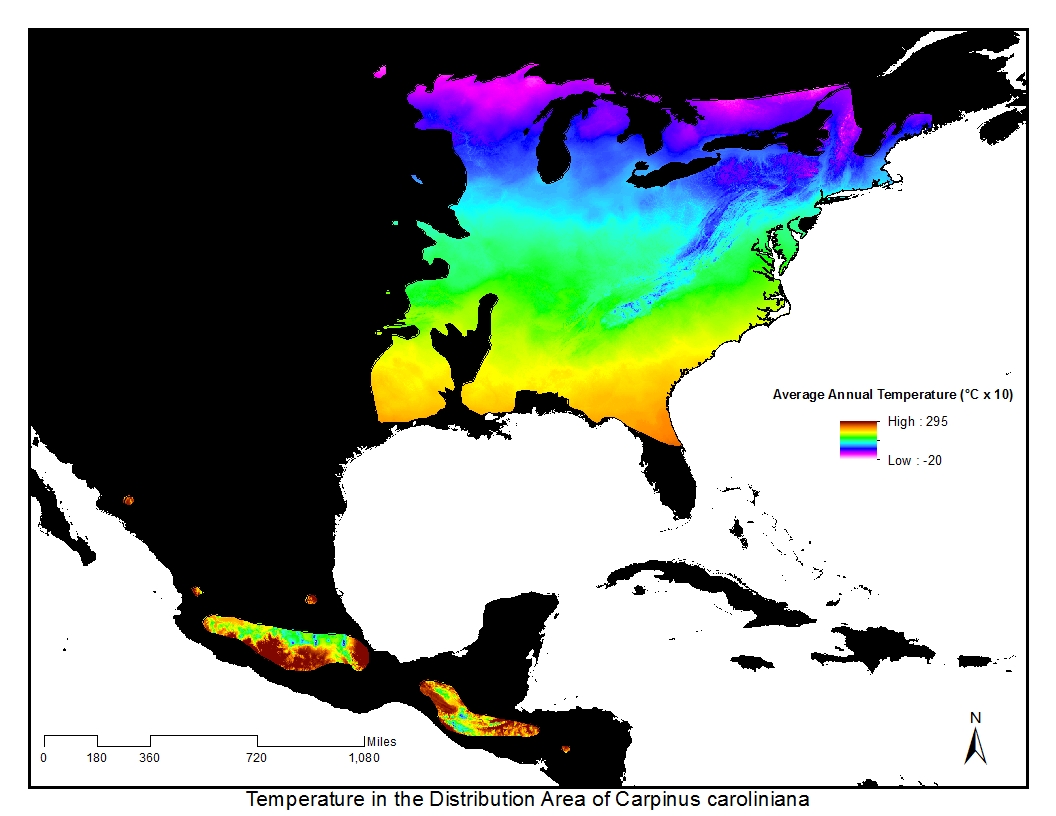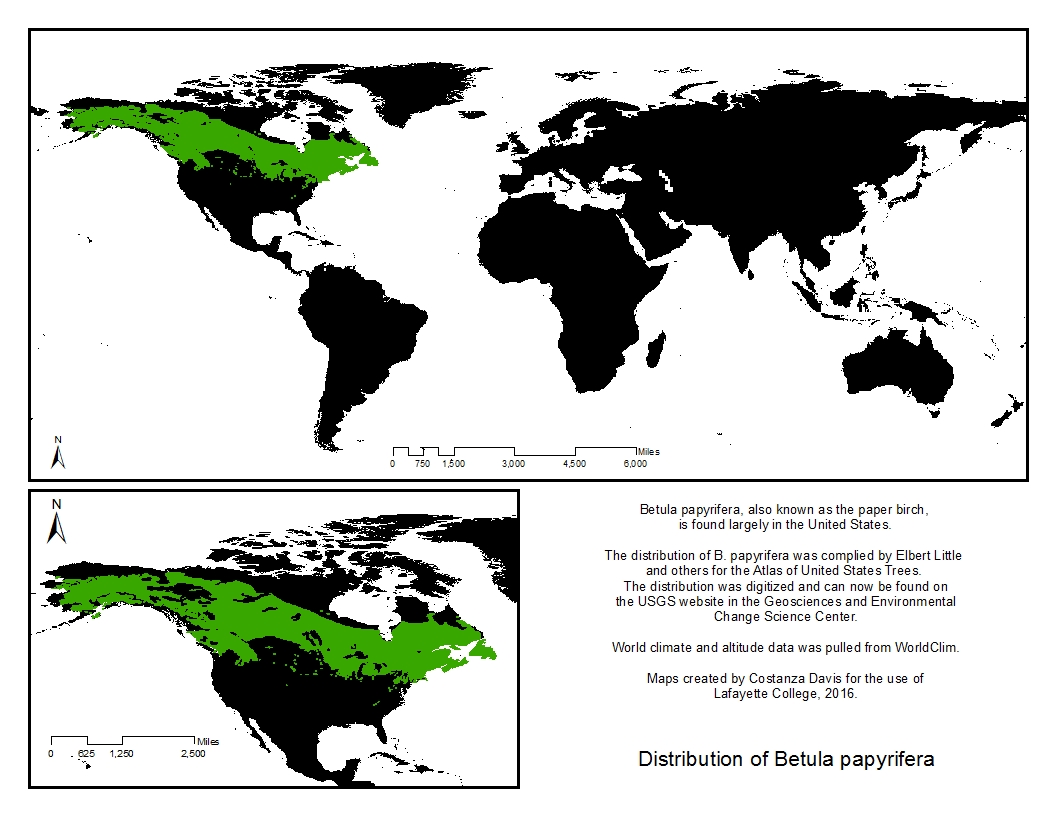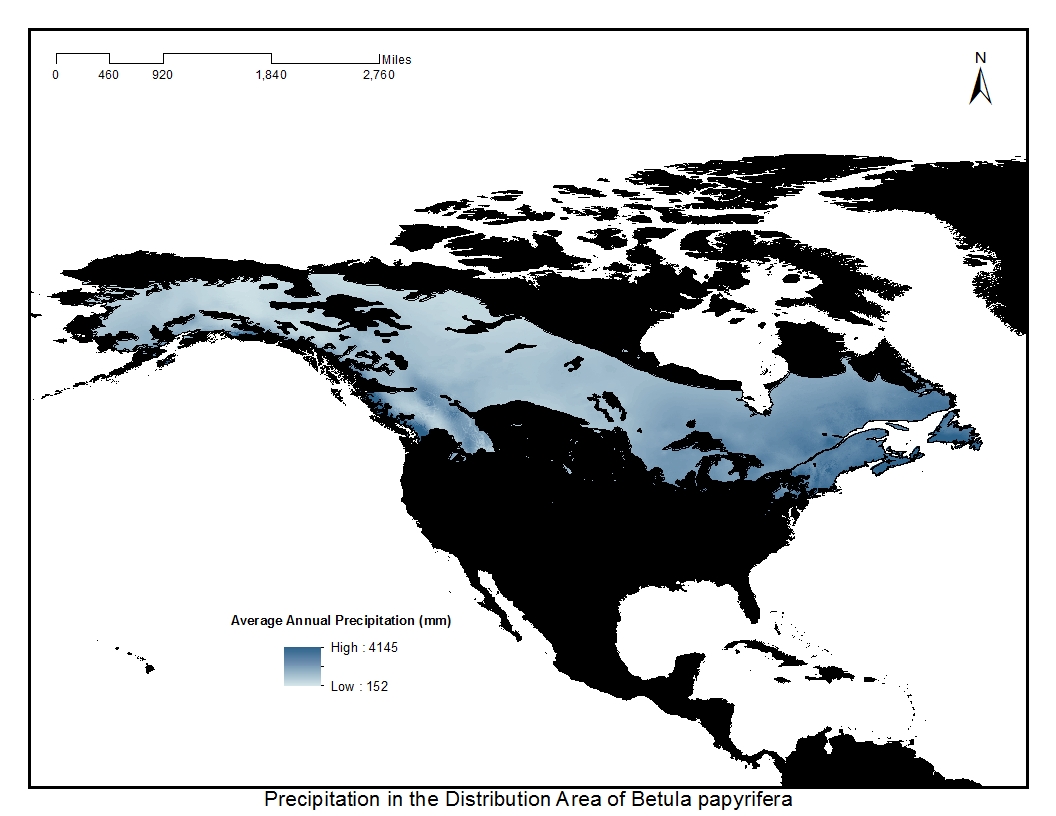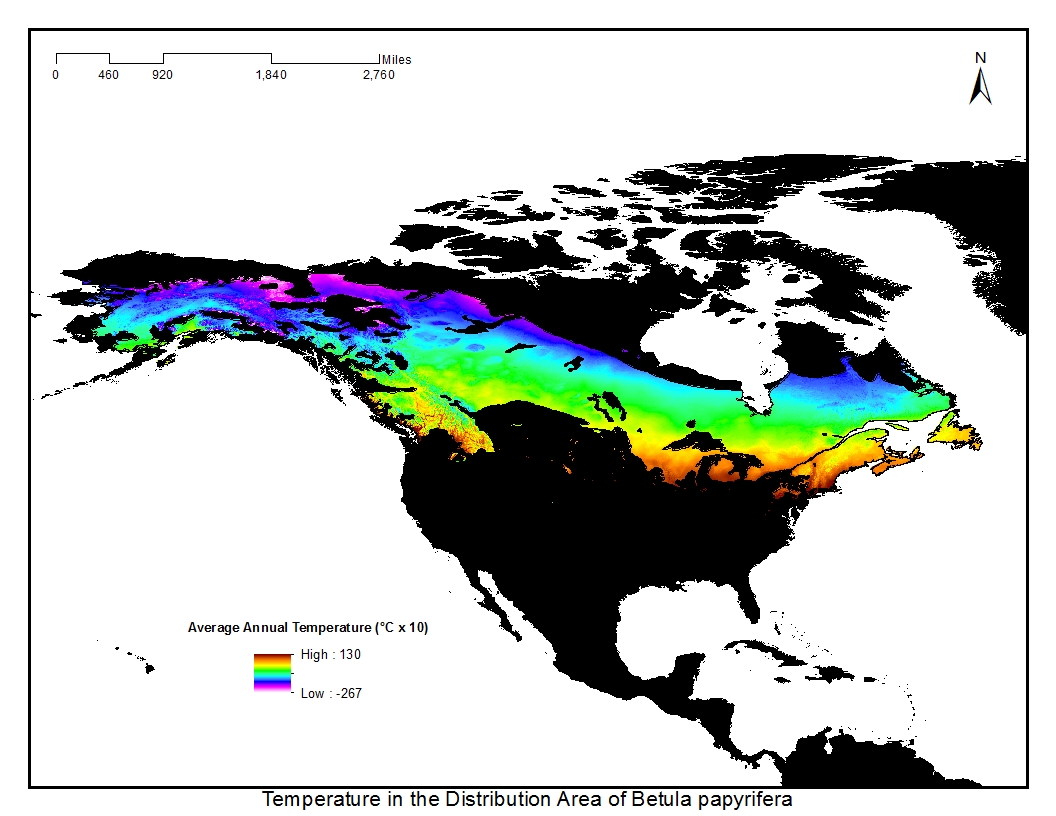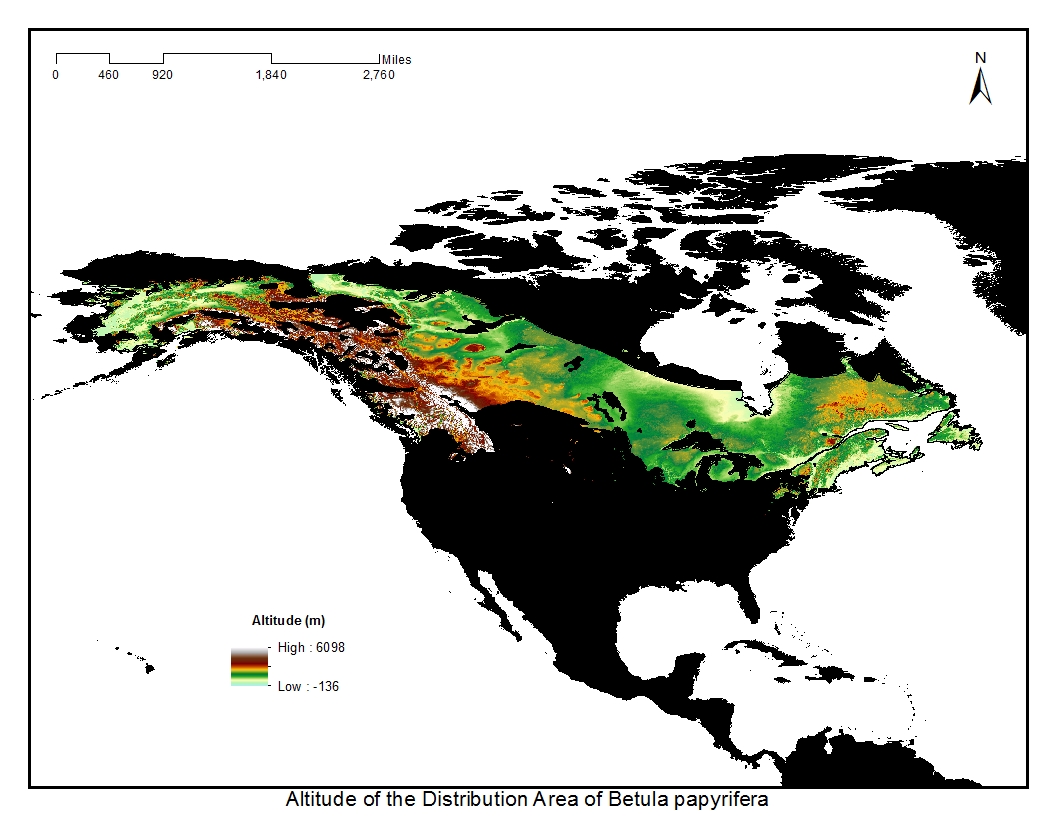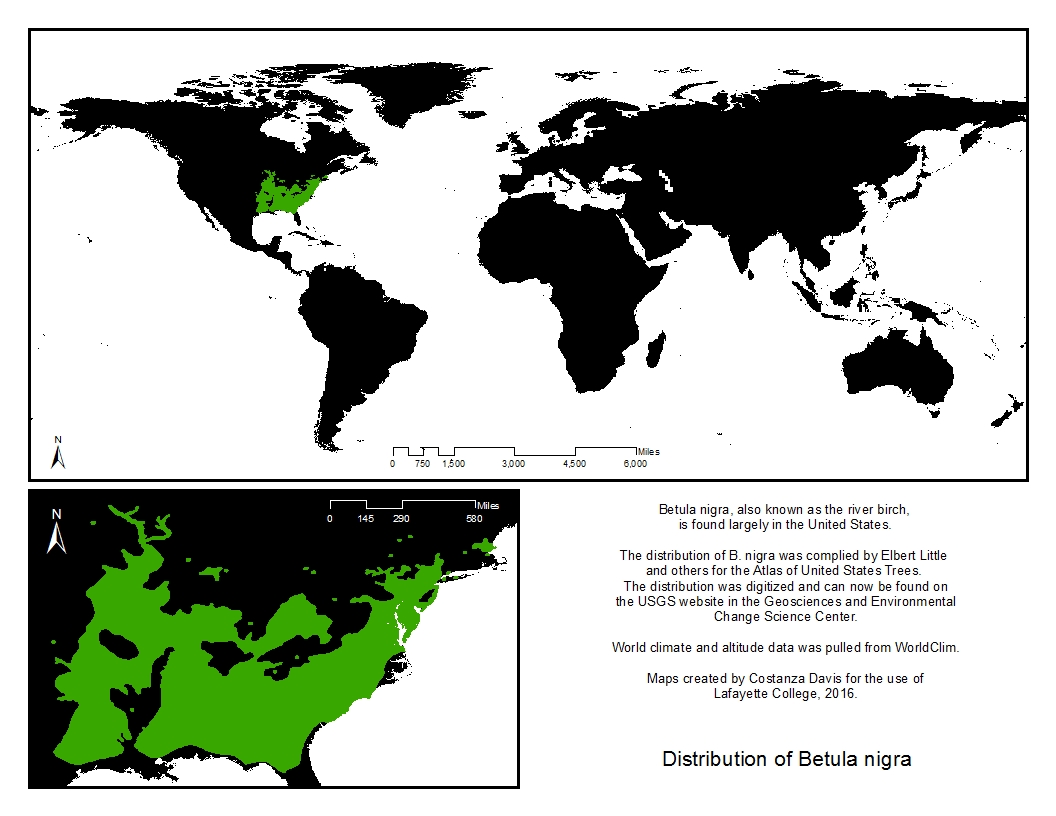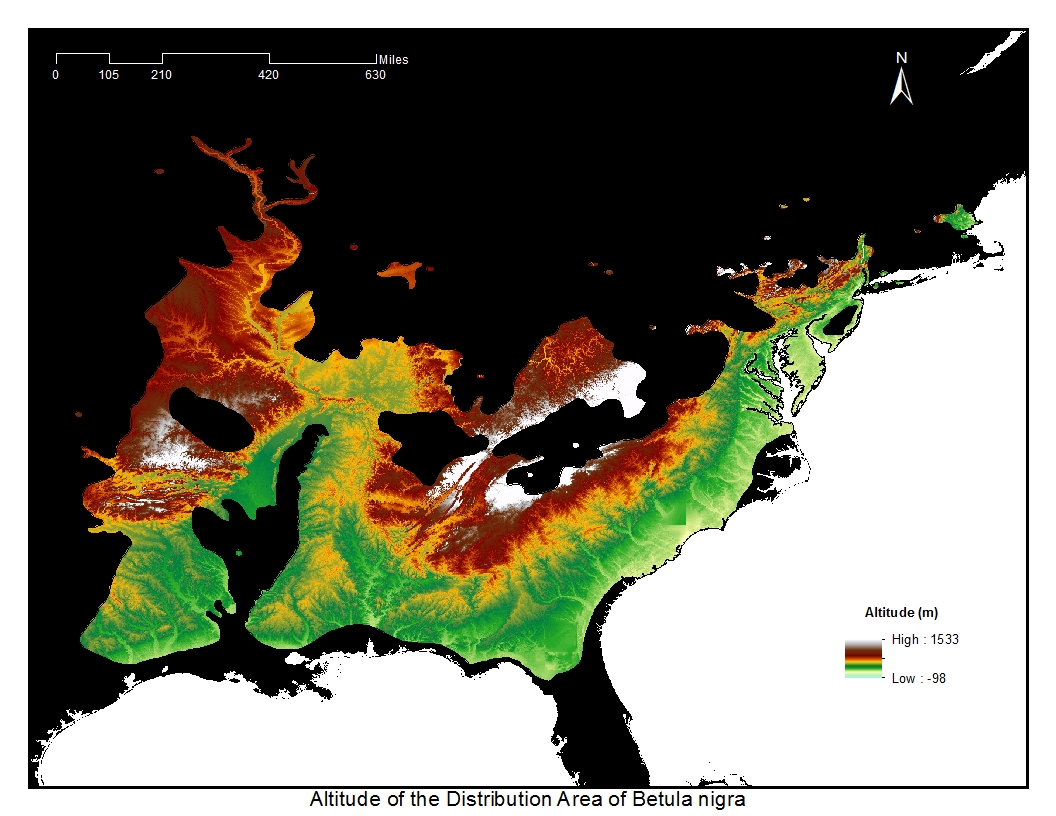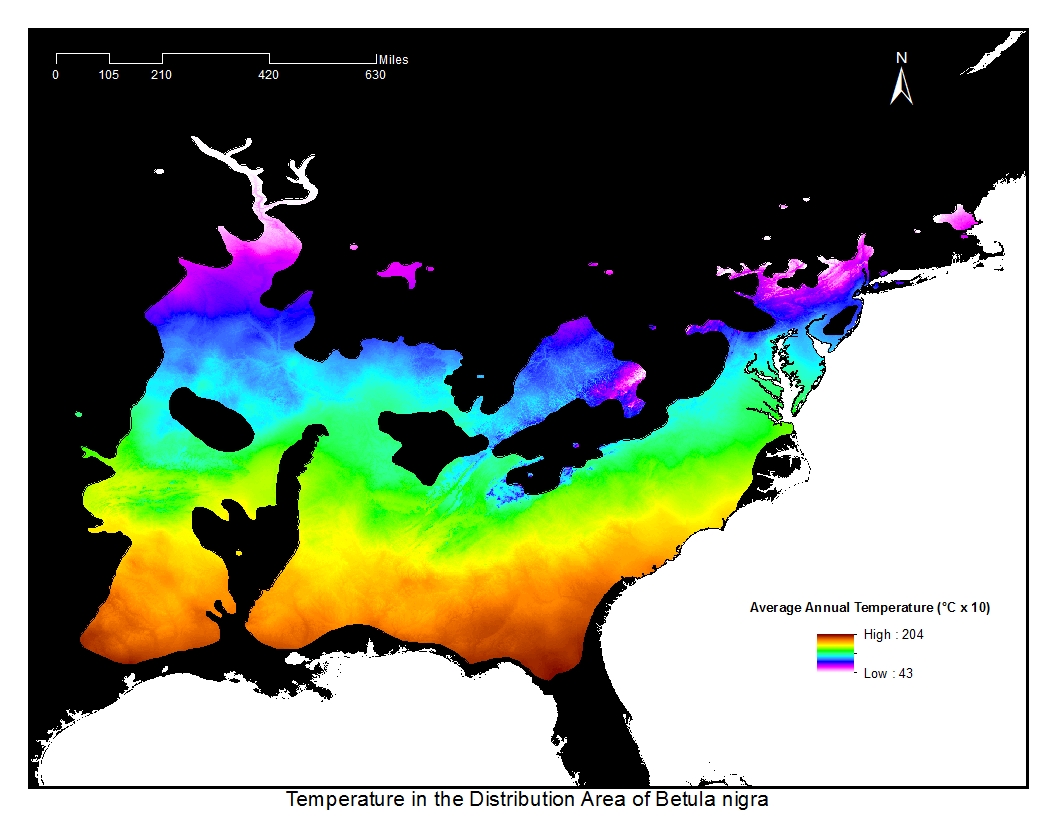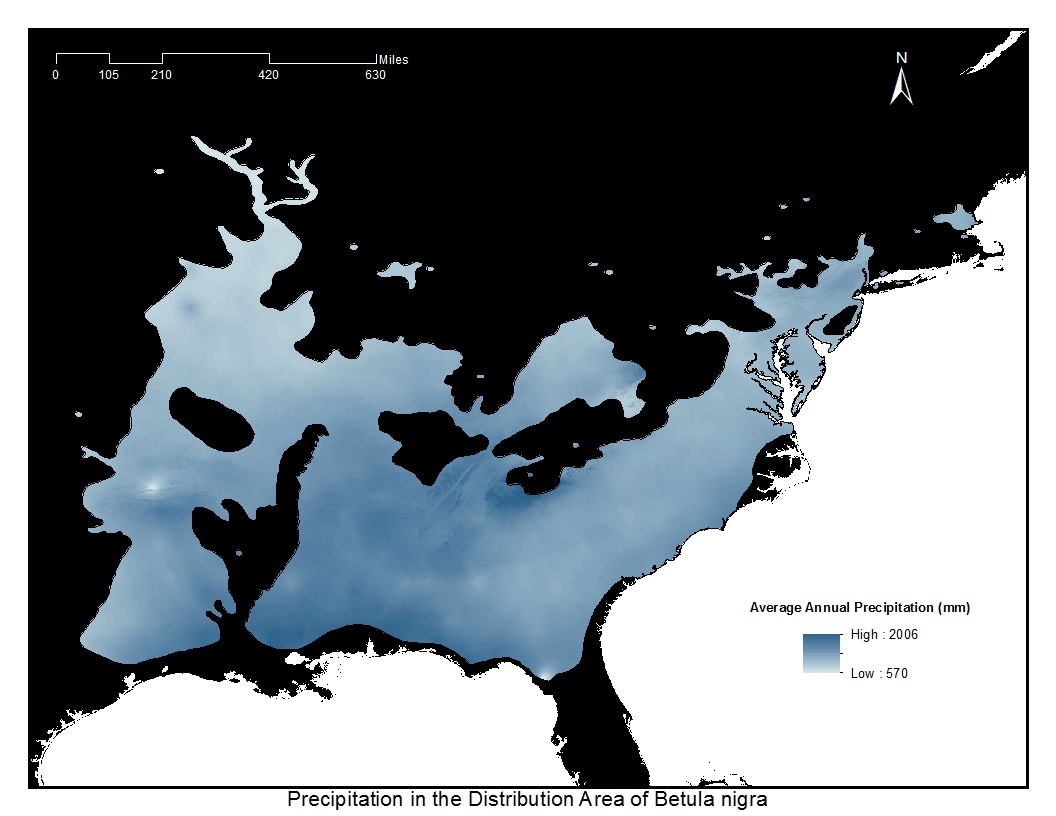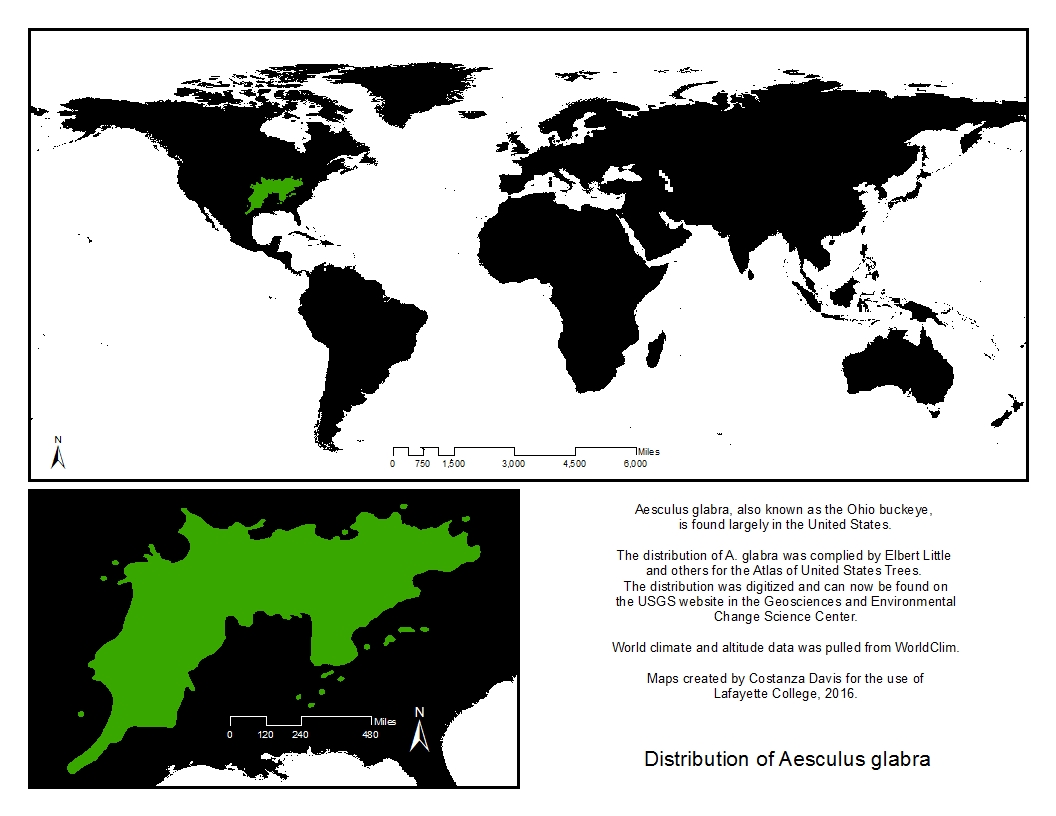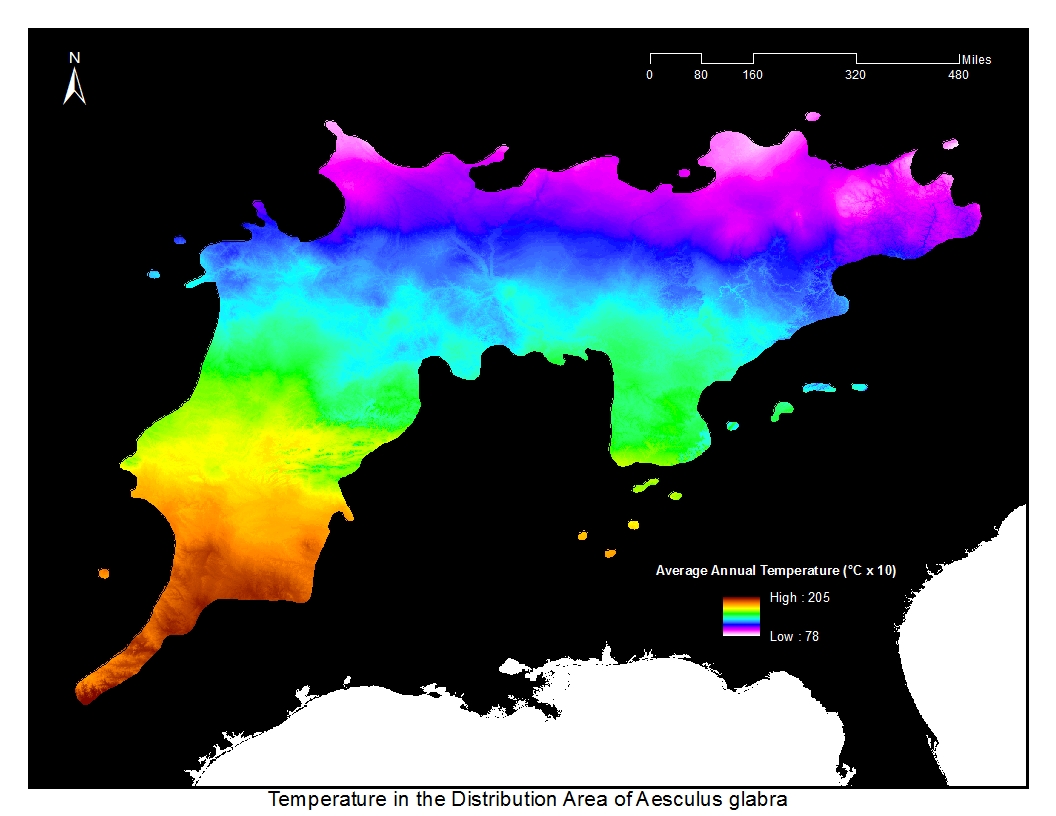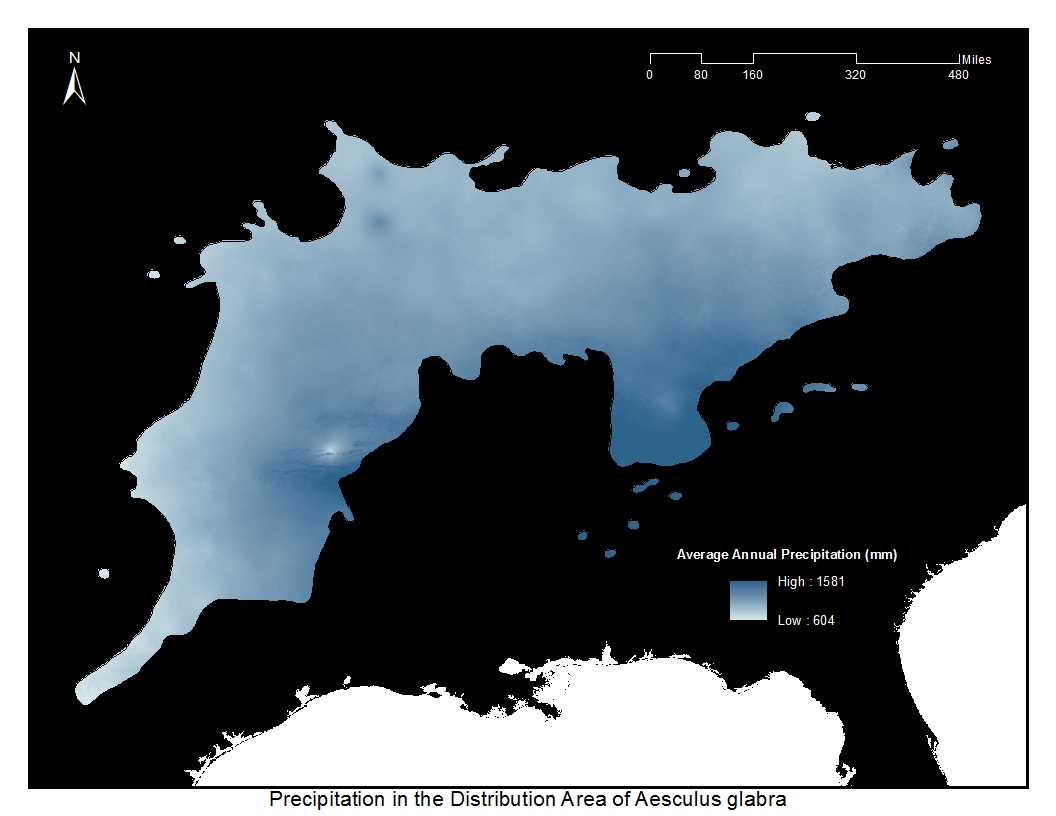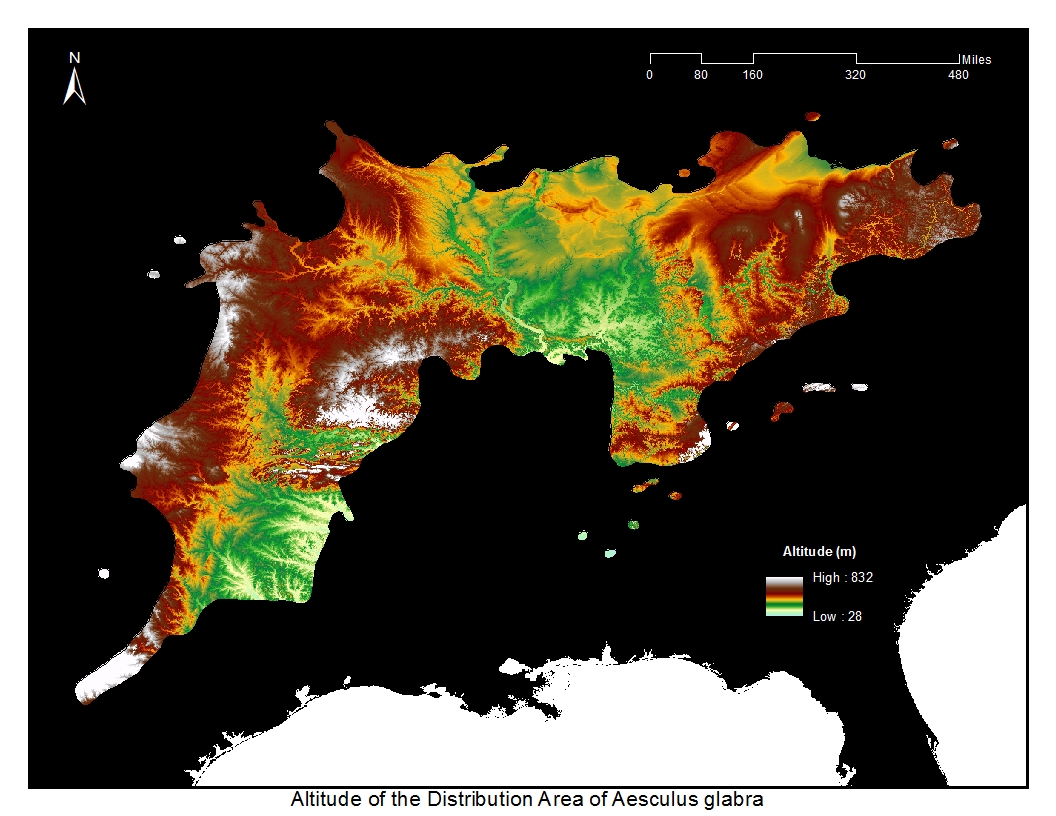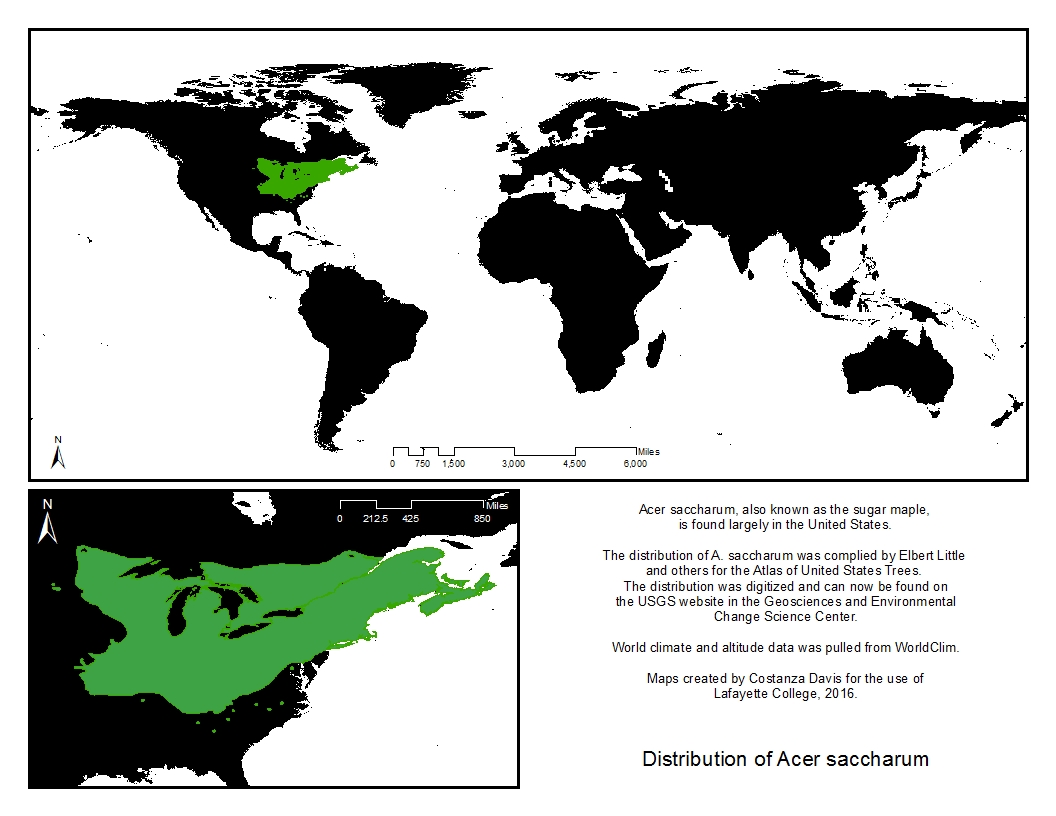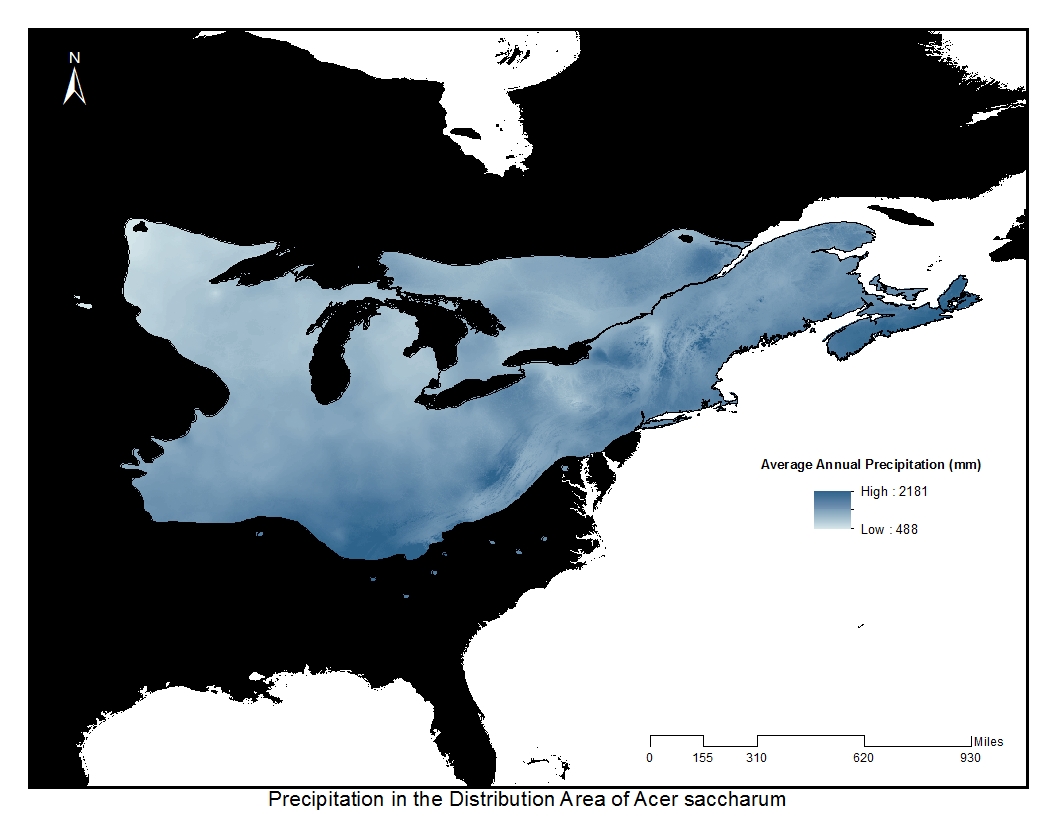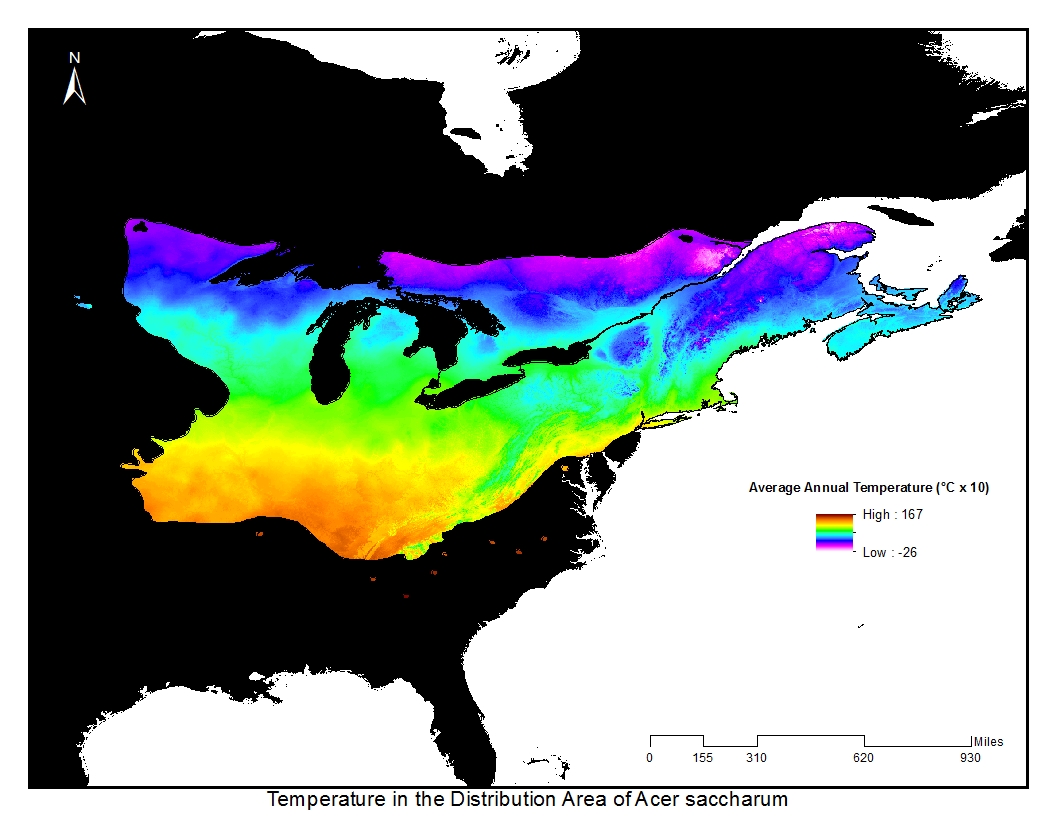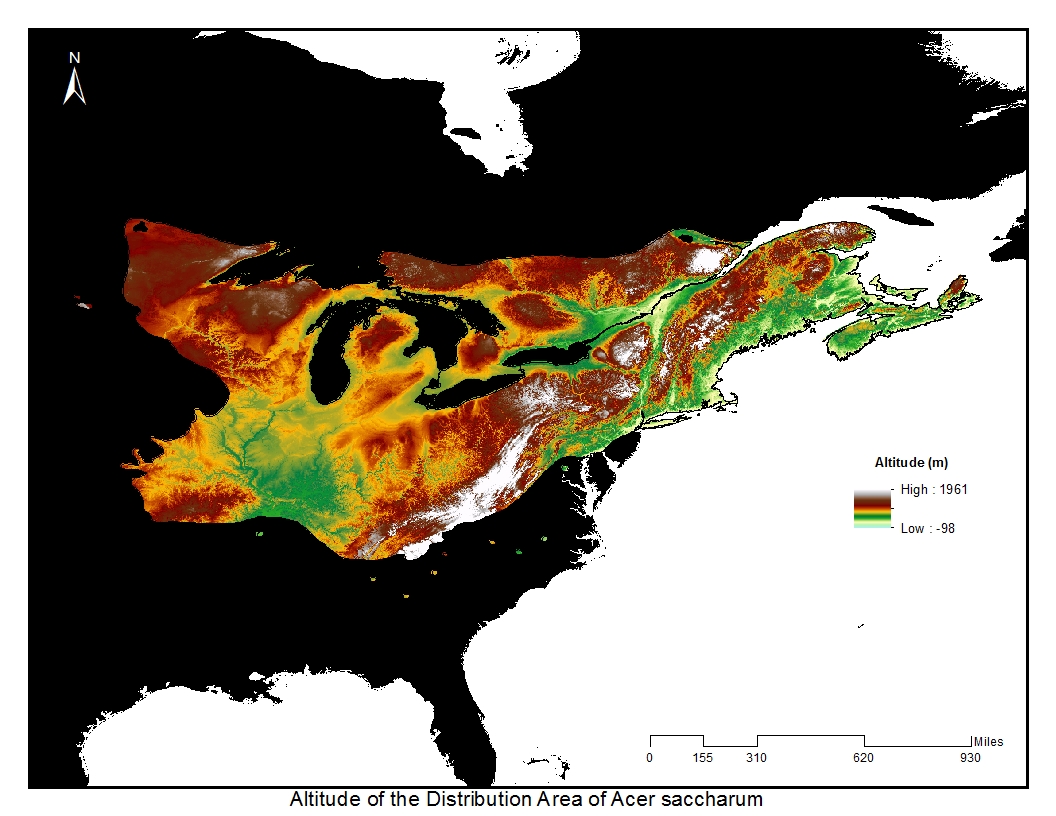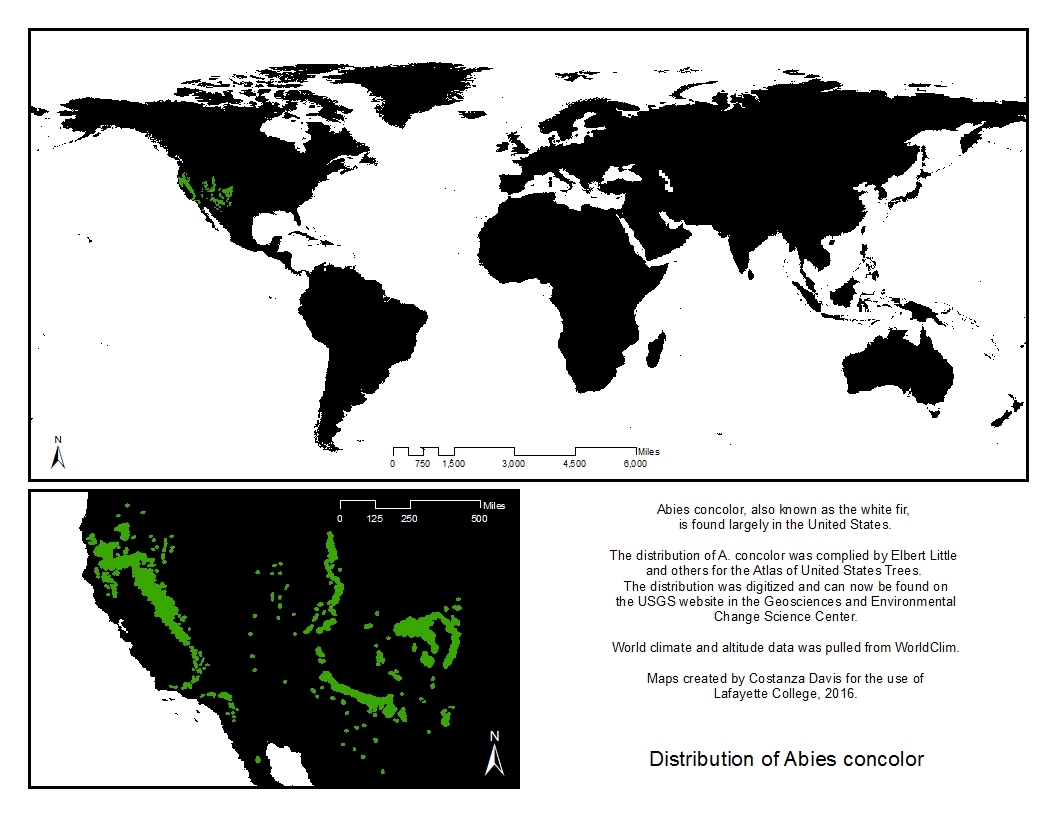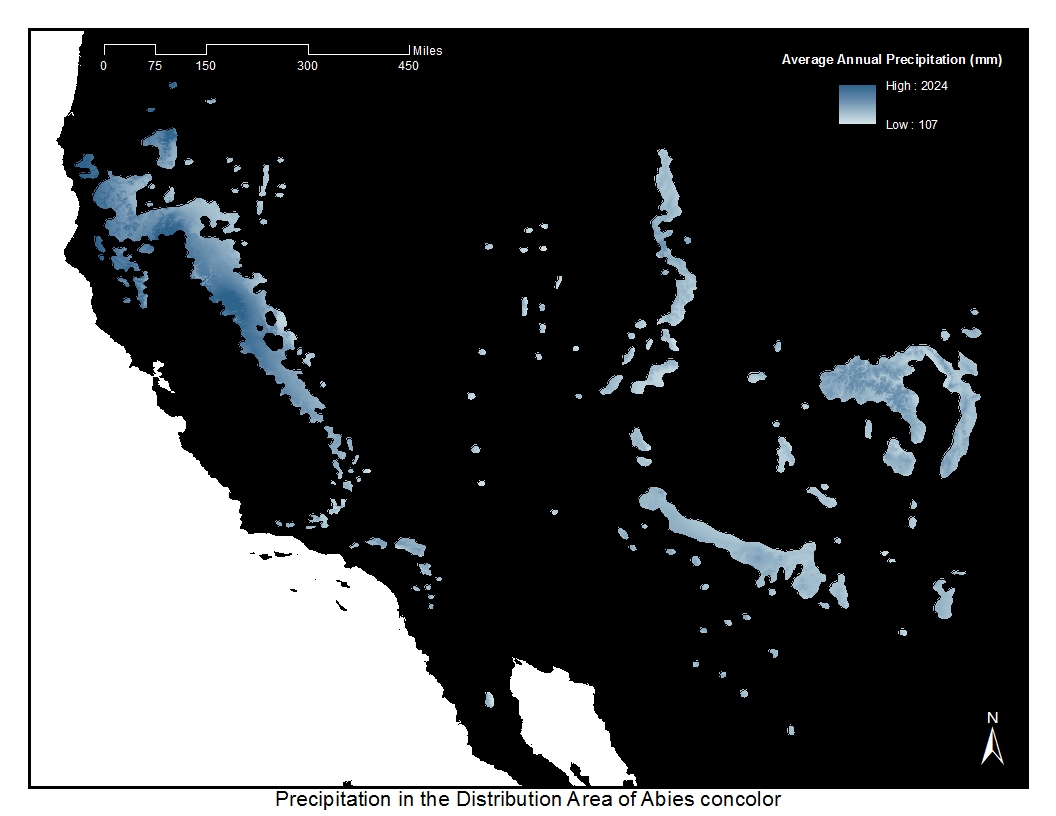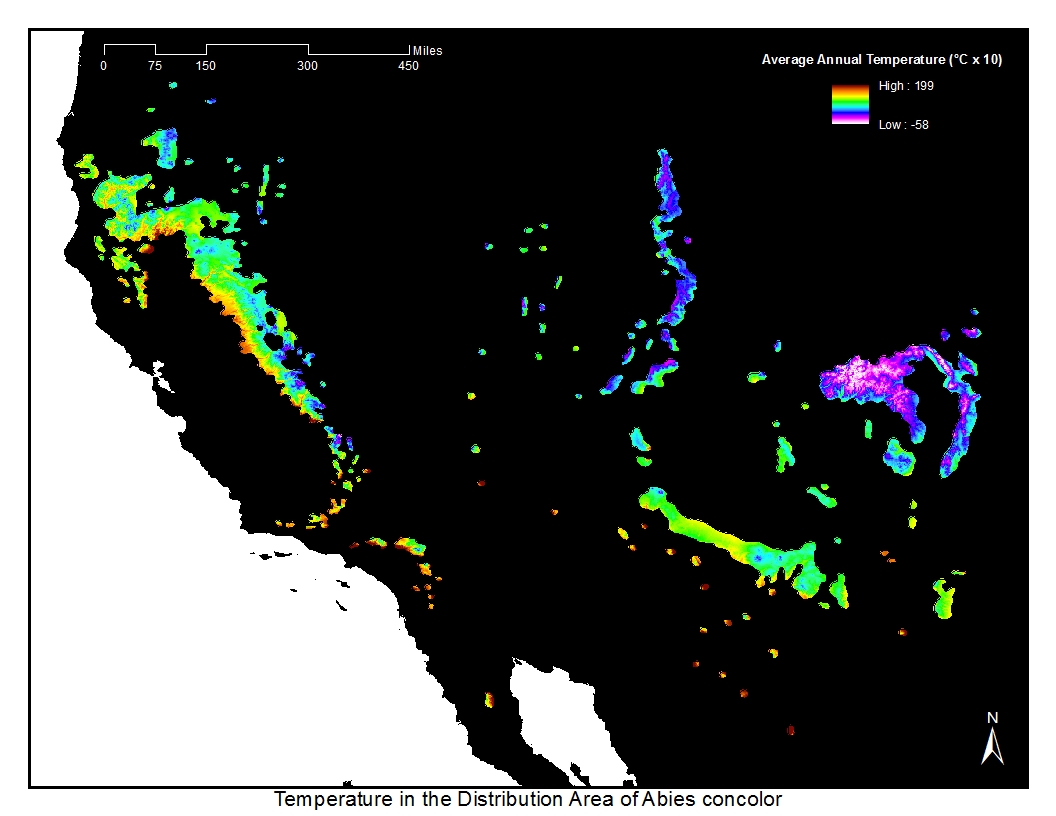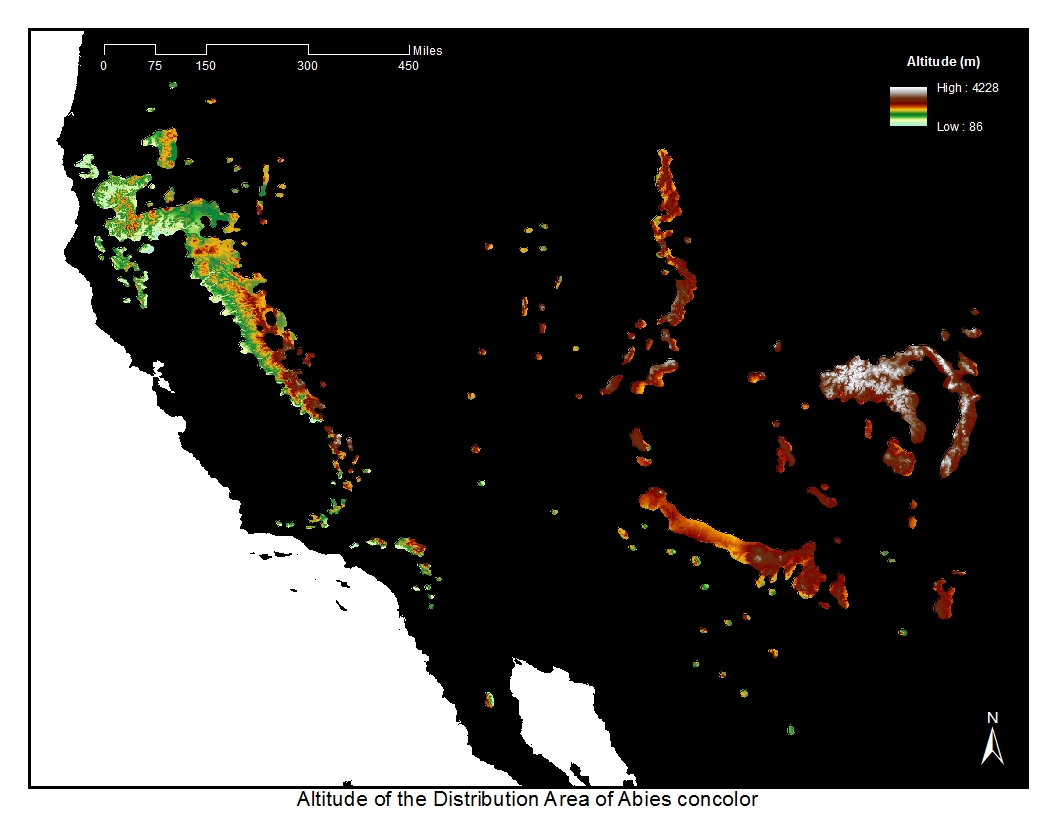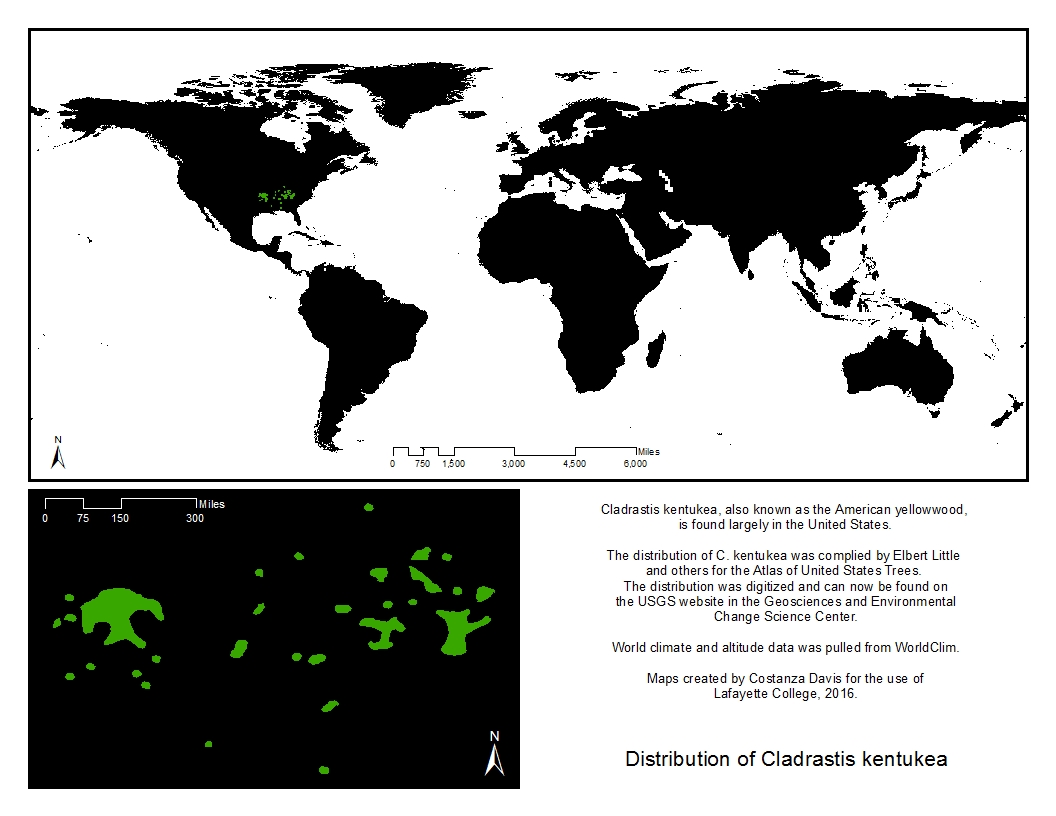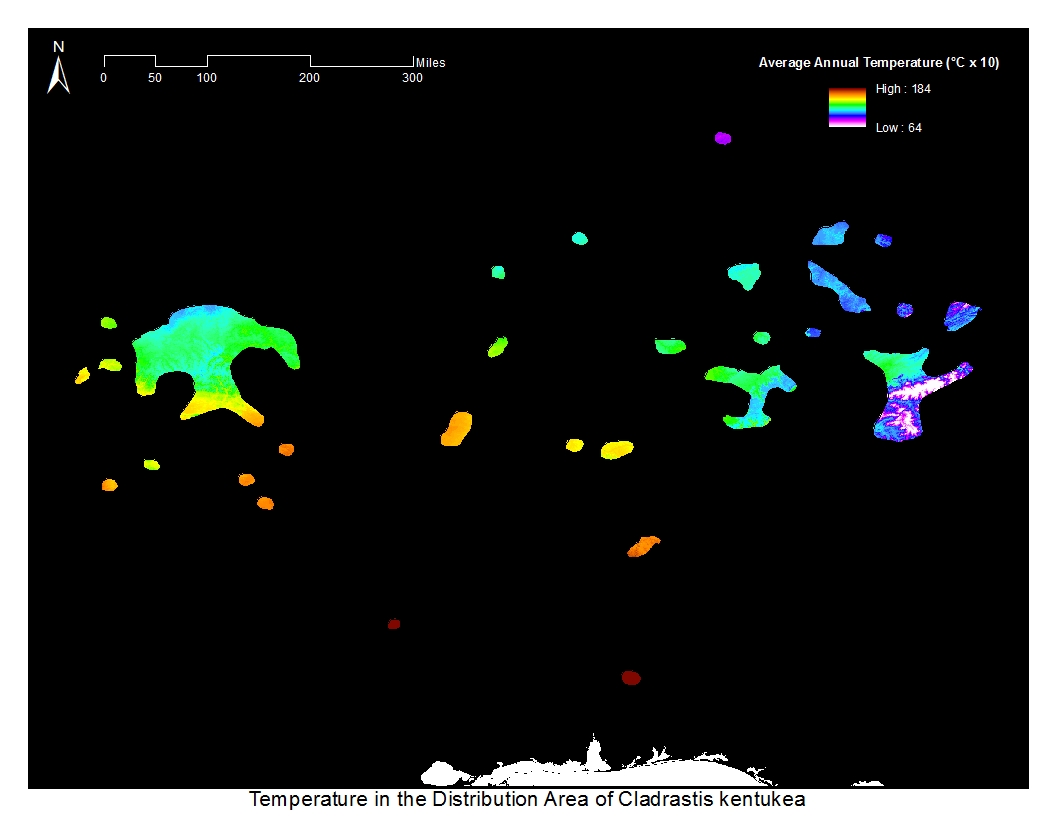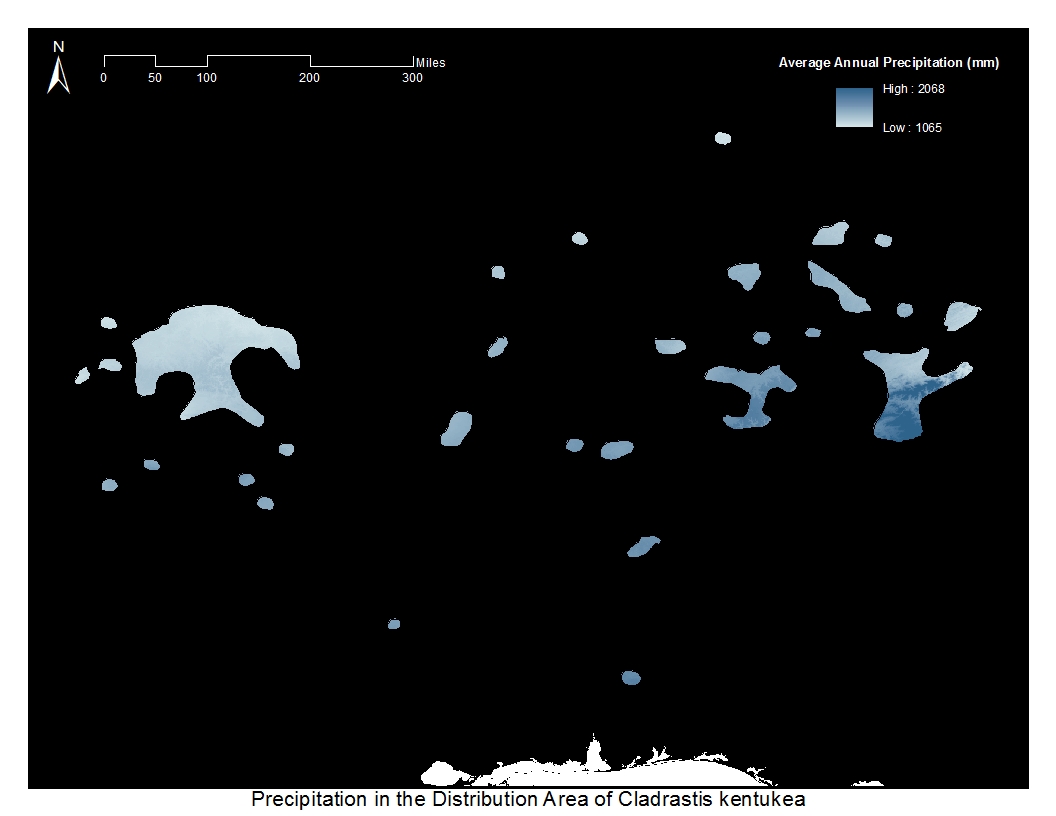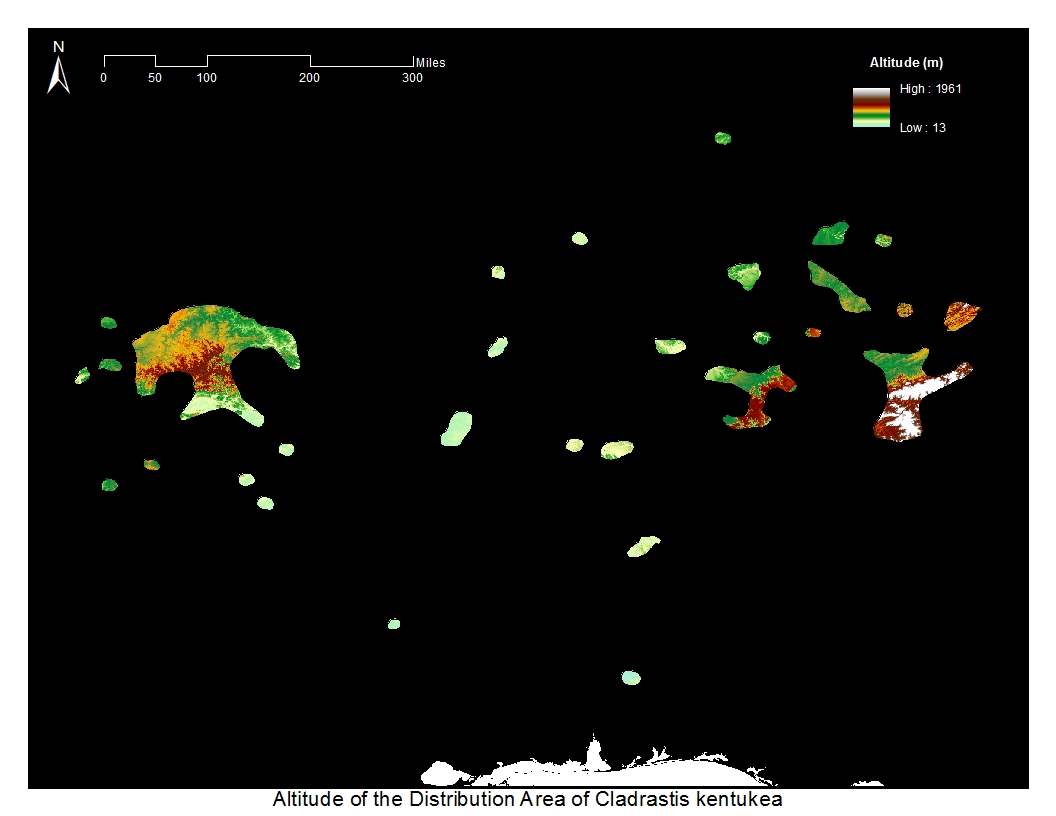The hackberry, Celtis occidentalis, is also known as common hackberry, sugarberry, nettletree, beaverwood, northern hackberry, and American hackberry.
The hackberry is a small to medium tree, ranging between 30 and 50 feet tall with a trunk diameter of 18 to 24 inches. It is a fast-growing, living for up to 150 to 200 years on good soils. On the best soils, height of the hackberry can reach up to 130 feet with a 48 inch diameter trunk. The most rapid growth occurs when the trees are between 20 and 40 years old, but on good soil this growth reaches at most 0.3 inches annually. On poor soils, the trees have difficulty growing beyond dwarf size.
The hackberry is frequently used as a street tree in Midwest cities due to its tolerance of a wide variety of soils and moistures. It can be found on limestone outcrops and on sand dunes. Not only can it survive in wide range of soils, but it can also survive in a wide ranges of climates. Annual variations in parts of its range can be 140 degrees F or more. Frost-free days can total between 120 to 250 days a year. It is also drought resistant, and while it has a difficult time in perpetually flooded areas or areas with highly saturated soils, periodic flooding is of no issue, with negative effects only beginning to arise after 110 days of flooding. The hackberry grows best in valleys, but can do well on slopes. The hackberry is also intermediate to tolerant of shade.
The hackberry is polygamo-monoecious, with small green flowers appearing after or along with the leaves in early April to late May, depending on geographic area.
The fruit of the hackberry is a small spherical drupe ranging in size from 0.25 to 0.33 inches. When mature, the fruit is dark red or purple. Each fruit contains a nutlet inside. Seeds are ripe in September and October, sometimes staying attached to the tree until the following spring. Most years, hackberries produce good seed crops, which are distributed by birds, small mammals, and sometimes water.
There are four gall-producing insects to which the hackberry is a notable host, but damage to the tree is not serious. Typically, many insects and diseases only attack already injured or dying hackberries.
The hackberry provides food for squirrels and numerous birds, and is often used in furniture. On campus, the hackberry can be seen near Soles Hall.

